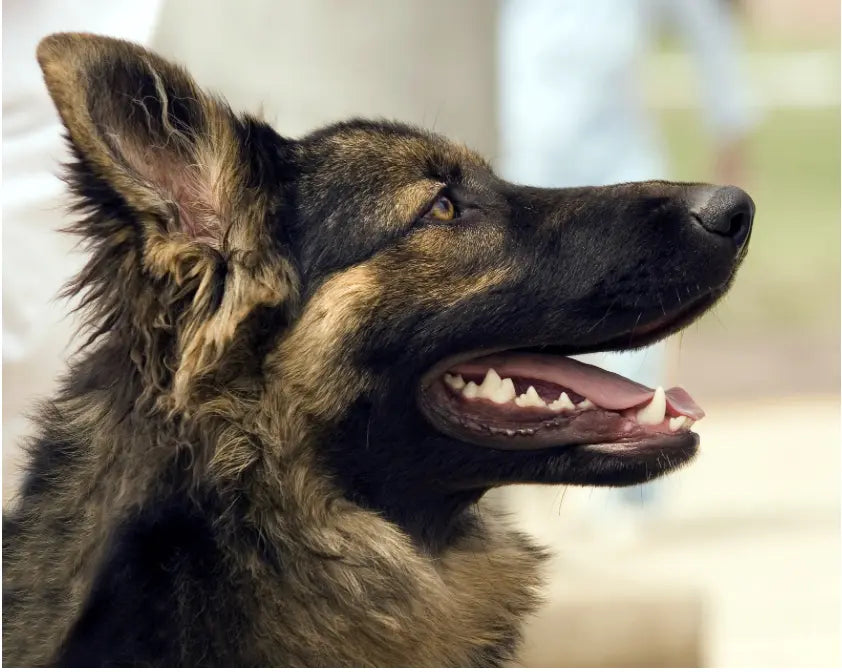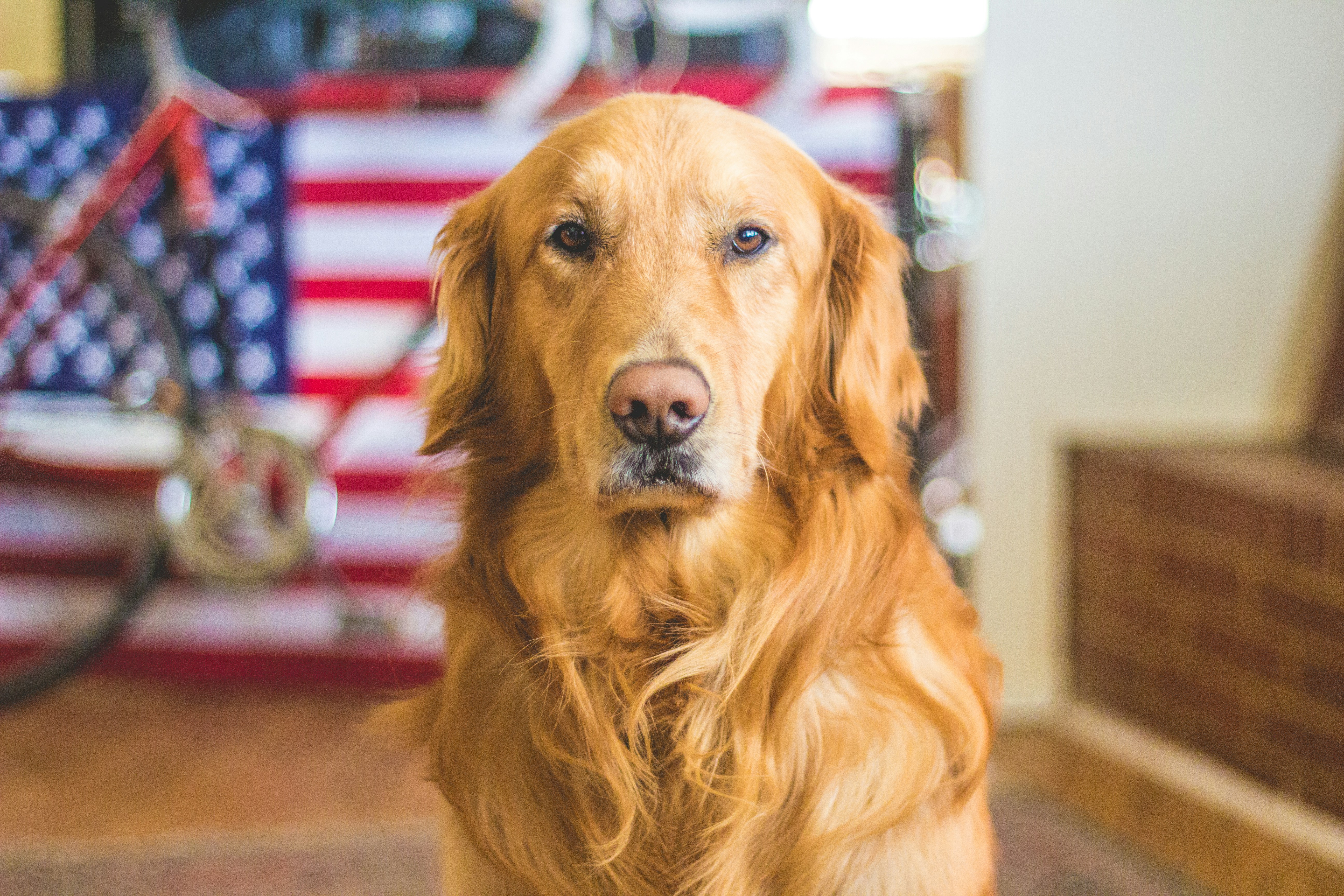Flea Facts: How Dogs Contract and Prevent Fleas

Fleas are a common concern for dog owners. These tiny parasites can cause significant discomfort for our furry friends.
But how do dogs contract fleas? The answer is more complex than you might think. Fleas can come from various sources, including other animals and the environment.
Understanding the biology of fleas, including their life cycle, can help in controlling them. For instance, did you know that fleas don't have wings? Yet, they can jump onto your dog from quite a distance.
In this article, we'll delve into the world of fleas. We'll explore how dogs contract them, how to identify a flea infestation, and most importantly, how to prevent it.
Whether you're a new dog owner or an experienced one, this guide will provide valuable insights into dog flea control and prevention.
Understanding Fleas and Their Impact on Dogs
Fleas are external parasites that feed on the blood of their hosts. Dogs are often victims of these tiny pests.

Fleas can cause severe itching and discomfort for dogs. The constant scratching can lead to hair loss and skin infections. But the impact of fleas goes beyond mere discomfort.
Fleas can transmit diseases to dogs. One common example is tapeworms. These parasites can cause a range of health issues, from mild discomfort to severe illness.
Understanding the biology of fleas and their impact on dogs is the first step towards effective flea control and prevention.
Do Fleas Have Wings?
Contrary to what some might think, fleas do not have wings. They cannot fly from one host to another.
Instead, fleas have powerful legs designed for jumping. They can leap onto a dog from the environment or from another infested animal. This ability to jump long distances is one of the reasons why fleas are such successful parasites.
The Flea Life Cycle
Understanding the flea life cycle is crucial for effective flea control. The flea life cycle consists of four stages: egg, larva, pupa, and adult.
- Egg: Female fleas lay eggs on the host, which can fall off into the environment.
- Larva: The eggs hatch into larvae, which feed on organic debris in the environment.
- Pupa: The larvae then form a cocoon and develop into pupae. They can remain dormant for weeks or even months.
- Adult: The adult fleas emerge from the pupae when they detect a potential host nearby.
This life cycle allows fleas to survive in various conditions and makes them a persistent problem for dog owners.
Common Ways Dogs Contract Fleas
Dogs can contract fleas in several ways. The most common is through direct contact with other infested animals.

But dogs can also pick up fleas from their environment. Fleas can jump onto dogs from infested areas, such as parks, backyards, or even your home.
Another common source of fleas is wildlife. Raccoons, rodents, and other wild animals can bring fleas into your yard, where they can then infest your dog.
Finally, humans can also inadvertently bring fleas into the home on clothing or other items, leading to an infestation.
Contact with Infested Animals
Direct contact with infested animals is a common way for dogs to contract fleas. This can happen during playdates with other dogs, at the dog park, or even at home if you have multiple pets.
Fleas can easily jump from one host to another. This is especially true in close-contact situations, such as when dogs are playing or sleeping together.
Even brief contact with an infested animal can be enough for a dog to pick up fleas. This is why it's important to regularly check your dog for fleas, especially after they've been around other animals.
Fleas in the Environment
Fleas can survive in many environments. They thrive in warm, humid climates, but can also live in cooler, drier areas.
Your dog can pick up fleas from infested environments. This includes outdoor areas, such as parks or your backyard, as well as indoor spaces, like your home or a pet store.
Flea eggs, larvae, and pupae can all survive in the environment. They can lie dormant for weeks or even months, waiting for a suitable host to come along.
Human Carriers and Household Items
Humans can inadvertently bring fleas into the home. This can happen if you visit an infested area and fleas jump onto your clothing or shoes.
Household items can also harbor fleas. For example, if you bring a flea-infested blanket or toy into your home, your dog could contract fleas from it.
Even if you don't have pets, fleas can still infest your home. They can survive on human blood, although they prefer animal hosts. This is why it's important to treat your home as well as your dog if you have a flea infestation.
Symptoms of Flea Infestation in Dogs
Flea infestations can cause a range of symptoms in dogs. The most common is severe itching and scratching.

Fleas often target specific areas, such as the dog's back, belly, or the base of the tail. You may notice your dog biting or licking these areas excessively.
Hair loss is another common symptom. This is usually due to the dog's constant scratching and biting.
In severe cases, dogs can develop red, irritated skin. This is a sign of inflammation and can lead to secondary infections if not treated.
Identifying Flea Dirt and Bites
One of the first signs of a flea infestation is the presence of flea dirt. This is actually flea feces, which looks like small black or brown specks.
You may notice flea dirt on your dog's coat or in areas where your dog sleeps. It's often easier to spot on light-colored dogs or bedding.
Flea bites are another sign of infestation. These are small, red bumps that are often found in clusters or lines. They can be very itchy and may become inflamed if your dog scratches them.
Allergic Reactions and Other Health Risks
Some dogs are allergic to flea saliva. This can cause an allergic reaction known as flea allergy dermatitis. Symptoms include intense itching, redness, and inflammation.
Fleas can also transmit diseases to dogs. One of the most common is tapeworms, which can cause weight loss, diarrhea, and other digestive issues.
In severe cases, flea infestations can cause anemia, especially in puppies. This is due to the loss of blood from the flea bites. Symptoms of anemia include lethargy, pale gums, and loss of appetite.
Dog Flea Control and Prevention
Effective flea control involves both treating the dog and managing the environment. This two-pronged approach is crucial to break the flea life cycle.

Topical treatments are a common method for controlling fleas on dogs. These are applied directly to the dog's skin and can kill fleas at all life stages.
Oral preventatives are another option. These are given to the dog to ingest and can provide long-term protection against fleas.
Flea collars can also be used. These release a pesticide that kills or repels fleas, providing additional protection.
Regular Grooming and Flea Treatments
Regular grooming can help detect fleas early. This includes brushing your dog's coat and checking for signs of fleas or flea dirt.
Flea treatments come in various forms. These include sprays, powders, and shampoos. Each has its own advantages and disadvantages.
It's important to read and follow the label instructions on flea control products. Misuse can reduce their effectiveness and may even harm your dog.
Environmental Management
Managing the environment is a key part of flea control. This involves reducing the flea population in your home and yard.
- Regular vacuuming can help remove flea eggs and larvae from your home.
- Washing your dog's bedding in hot water can kill fleas at all life stages.
- Professional pest control services may be necessary for severe infestations.
Consultation with a Veterinarian
Consulting with a veterinarian is recommended when choosing a flea control product. They can provide advice based on your dog's age, breed, and health status.
Some flea control products can be toxic to other pets. If you have multiple pets, your vet can help you choose a product that is safe for all of them.
Remember, flea control is a continuous process, not a one-time treatment. Regular check-ups with your vet can ensure your flea control measures are working effectively.
The Role of Dog Behavior and Lifestyle in Flea Infestation
A dog's behavior and lifestyle can influence its risk of flea infestation. Dogs that spend a lot of time outdoors are more likely to come into contact with fleas.
The environment where your dog lives and plays can also play a role. Fleas thrive in warm, humid climates and can be found in grassy, wooded areas.
It's important to monitor your dog's behavior for signs of fleas. Excessive scratching, restlessness, and changes in behavior can all be signs of a flea infestation. Regular check-ups and preventative measures can help keep your dog flea-free.
Conclusion: The Importance of a Proactive Approach
Understanding how dogs contract fleas is the first step in preventing infestations. By being aware of the risks and taking proactive measures, you can protect your dog from the discomfort and health risks associated with fleas.
Flea control is not a one-time treatment but a continuous process. Regular grooming, environmental management, and the use of appropriate flea treatments are all crucial components of an effective flea control strategy.
In conclusion, maintaining a proactive approach to flea control is essential for the health and comfort of your dog. It's always easier and less costly to prevent fleas than to treat an infestation.
-
Posted in
Flea control, Fleas, Fleas on Dogs





